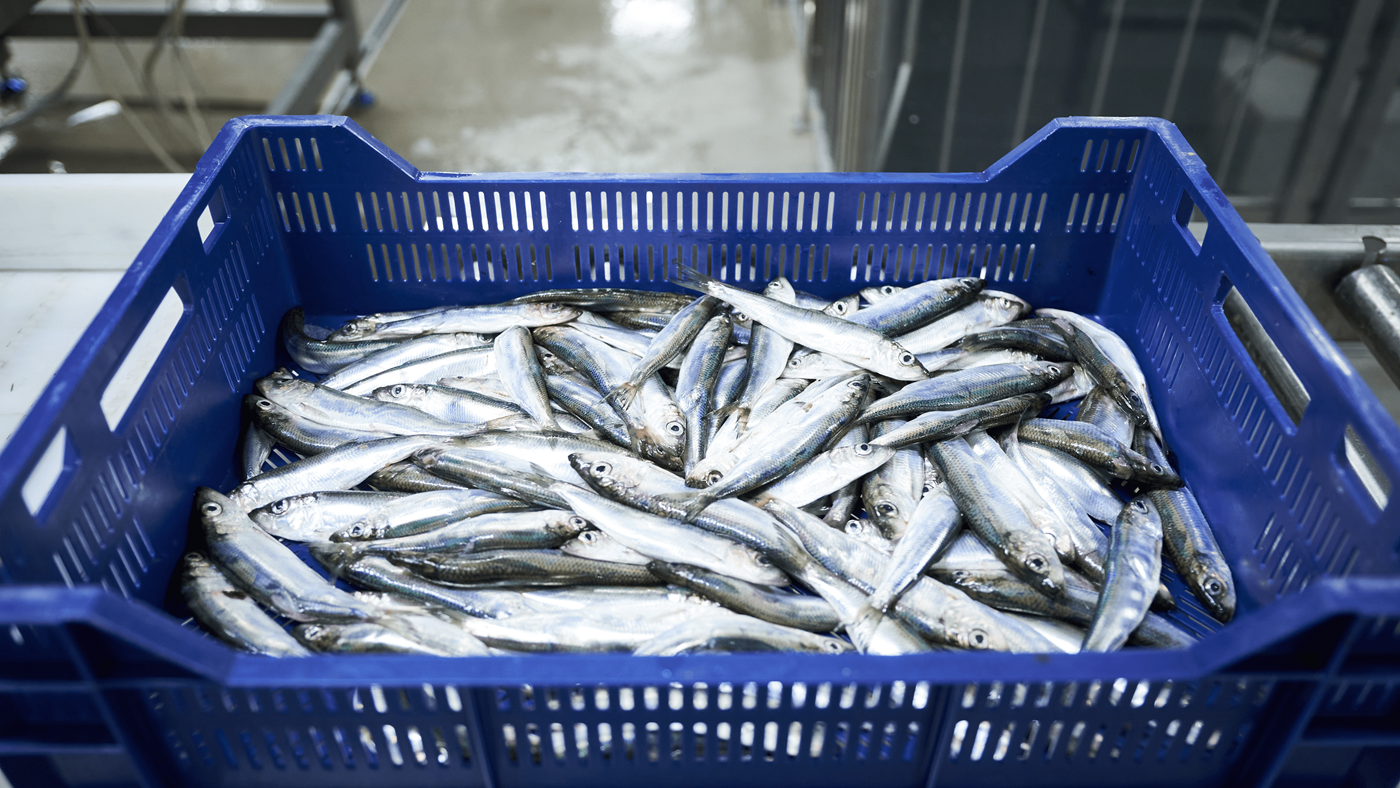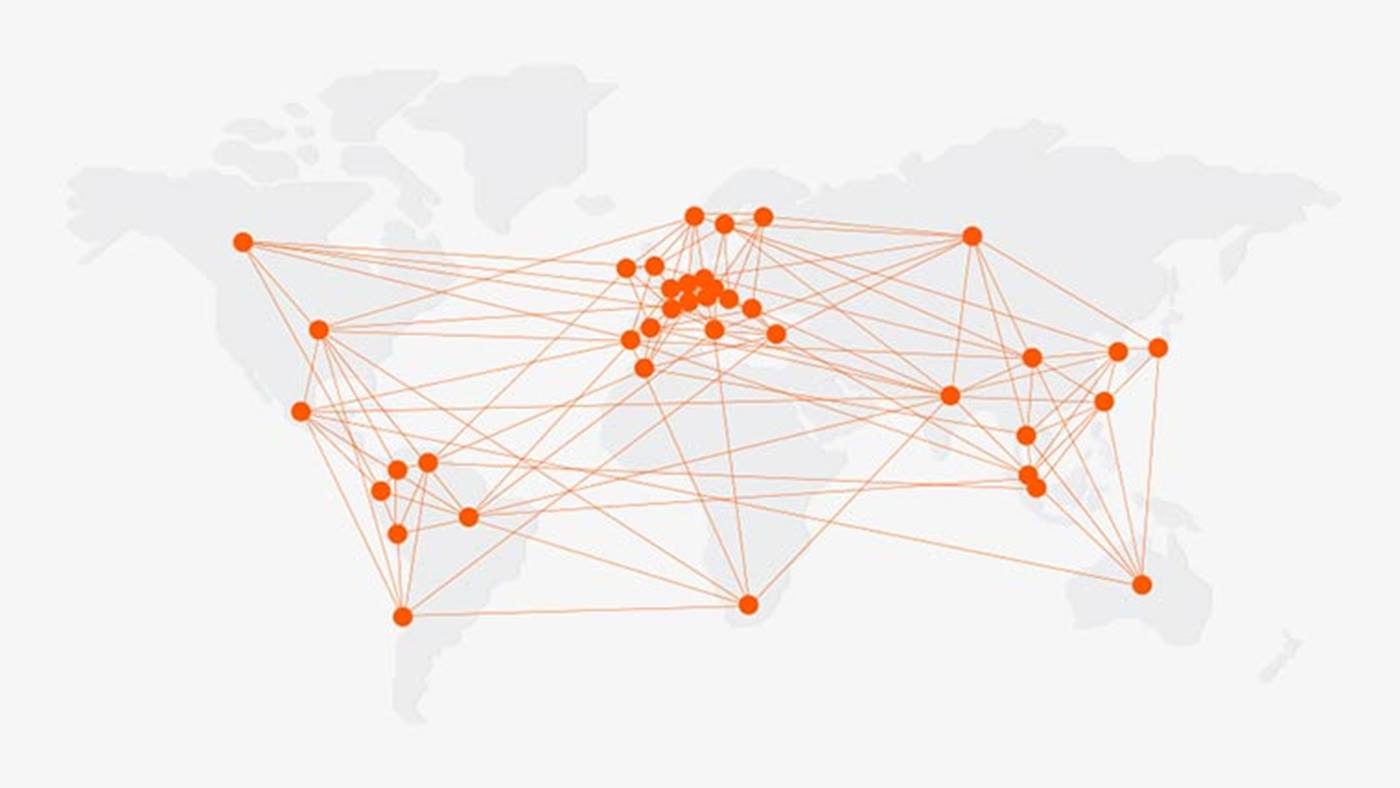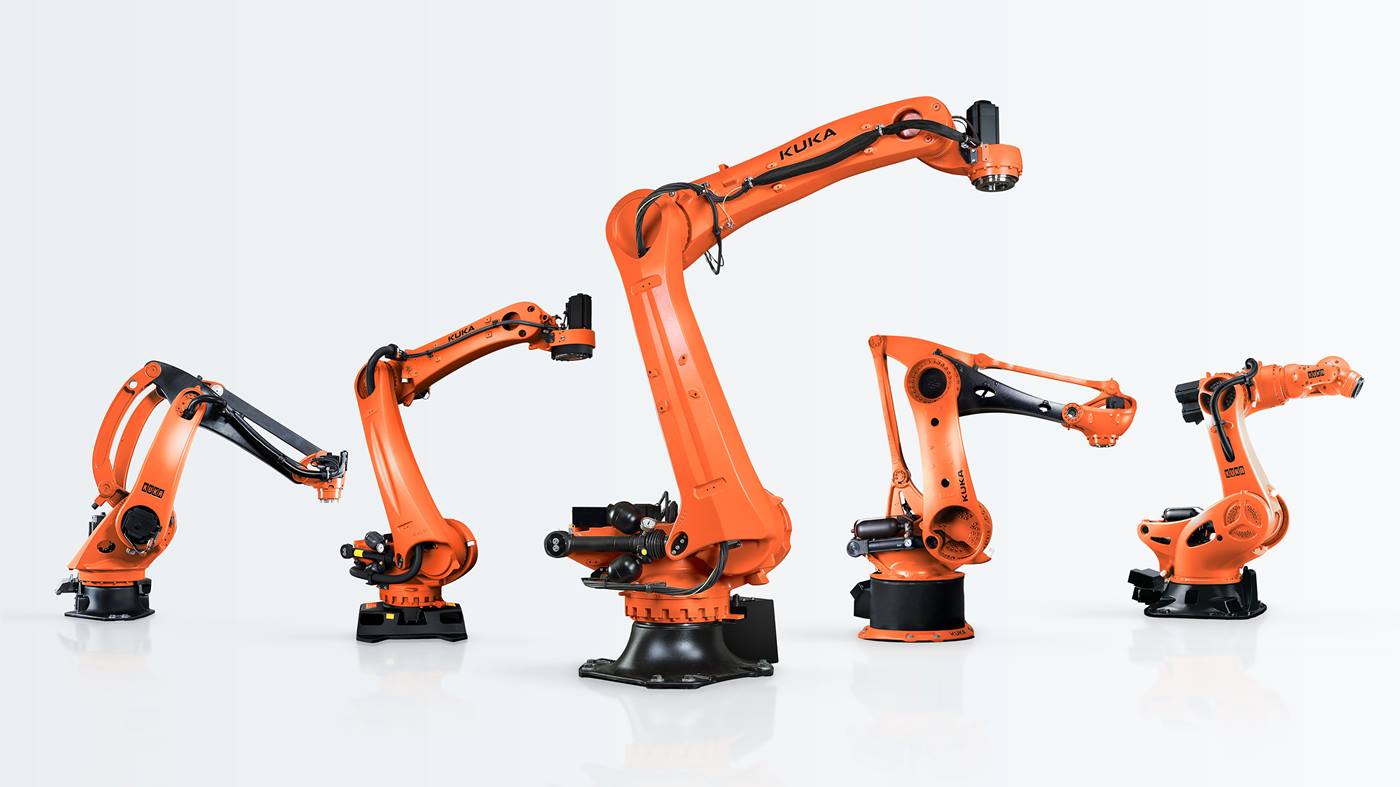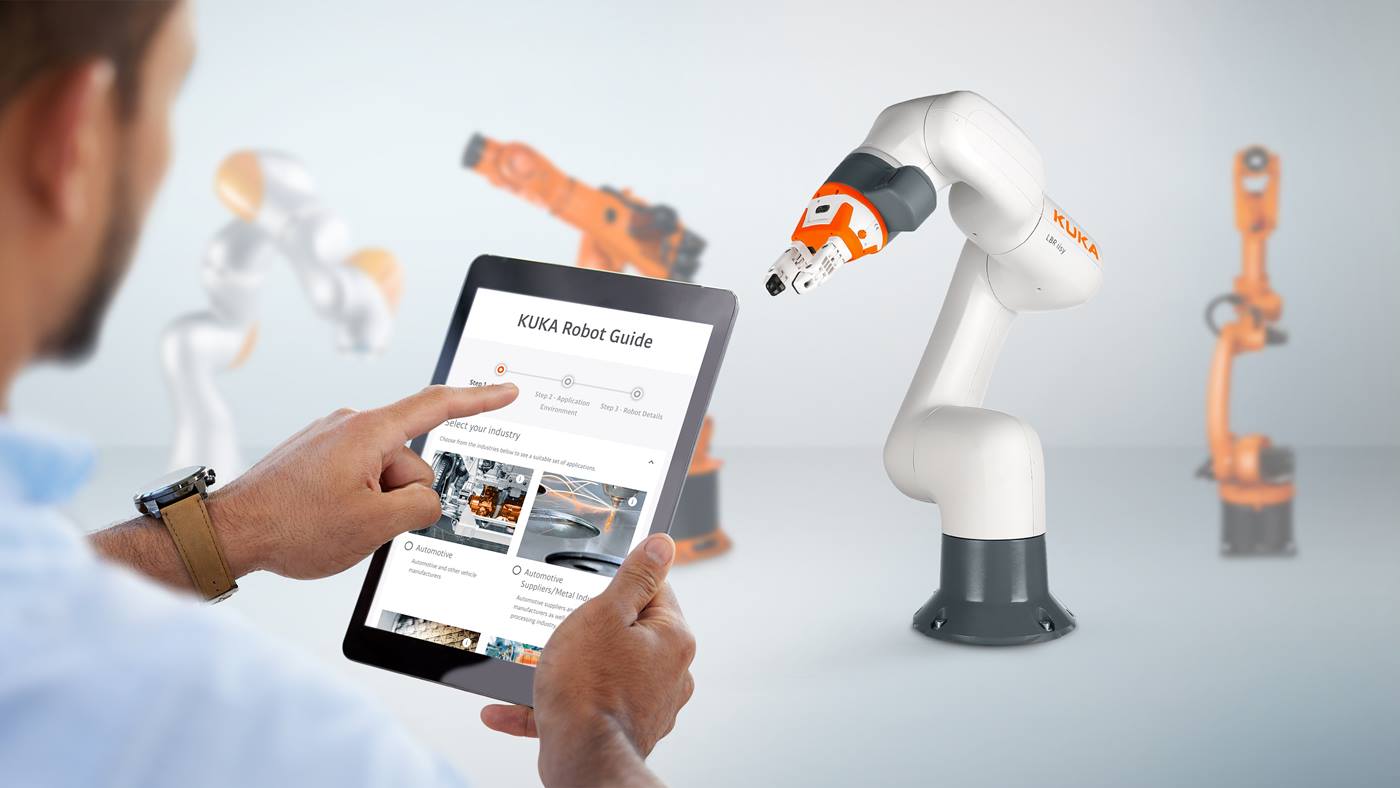
KUKA robot palletizing fish crates at Pakfish
In one of the main branches of Poland's food industry, fish processing companies increasingly see the potential of process automation. In Rusko, near Darłowo, the first fish palletizing robot from KUKA began operating at Pakfish, with integration by Stawiany.
Reduce workload, increase productivity

We’re simply short on personnel, and this is hard work that required automation. Our daily output is approximately 80 tons of frozen fish. We need these fish crates to be placed on pallets and someone has to do it. Moving 80 tons of fish daily, even divided among four people, is a lot
KR QUANTEC PA impresses with palletizing of fish crates
To optimize production, Pakfish cooperates closely with Stawiany, a Polish company that develops custom machines for the food industry. Run by Ireneusz Stawiany and his son, Jakub, Stawiany provides smoking chambers, filleting and slicing machines, and other proprietary equipment designs. The Pakfish board asked Stawlany to design and install a complete line to palletize fish crates.
“We have worked with Stawiany for ages, and their machines and ideas have proven invaluable. They persuaded us to opt for KUKA robots – and it was a very good decision,” said Jacek Skotarski.

Keeping the pace of work and higher stacks of crates
The main challenge of this automation project was to match the robot’s operating speed to the fast pace of the fish dispensing device.
“We could not slow down the fish dispensing process, so the robot must process two crates at a time to keep up. The essential element was the time available to transfer and then place a predefined weight. The crates are relatively soft and cannot be squeezed too tightly. At the same time, the space for gripping is limited because there are fish everywhere,” said Jakub Stawlany. “Selection of the correct gripper was the main challenge. The gripper’s design had been improved a while back. We also needed to prevent the fish from moving throughout the transfer – primarily during the robot's acceleration, as this would create difficulties during freezing. The fish must be distributed evenly so they fit in the freezing racks.”









